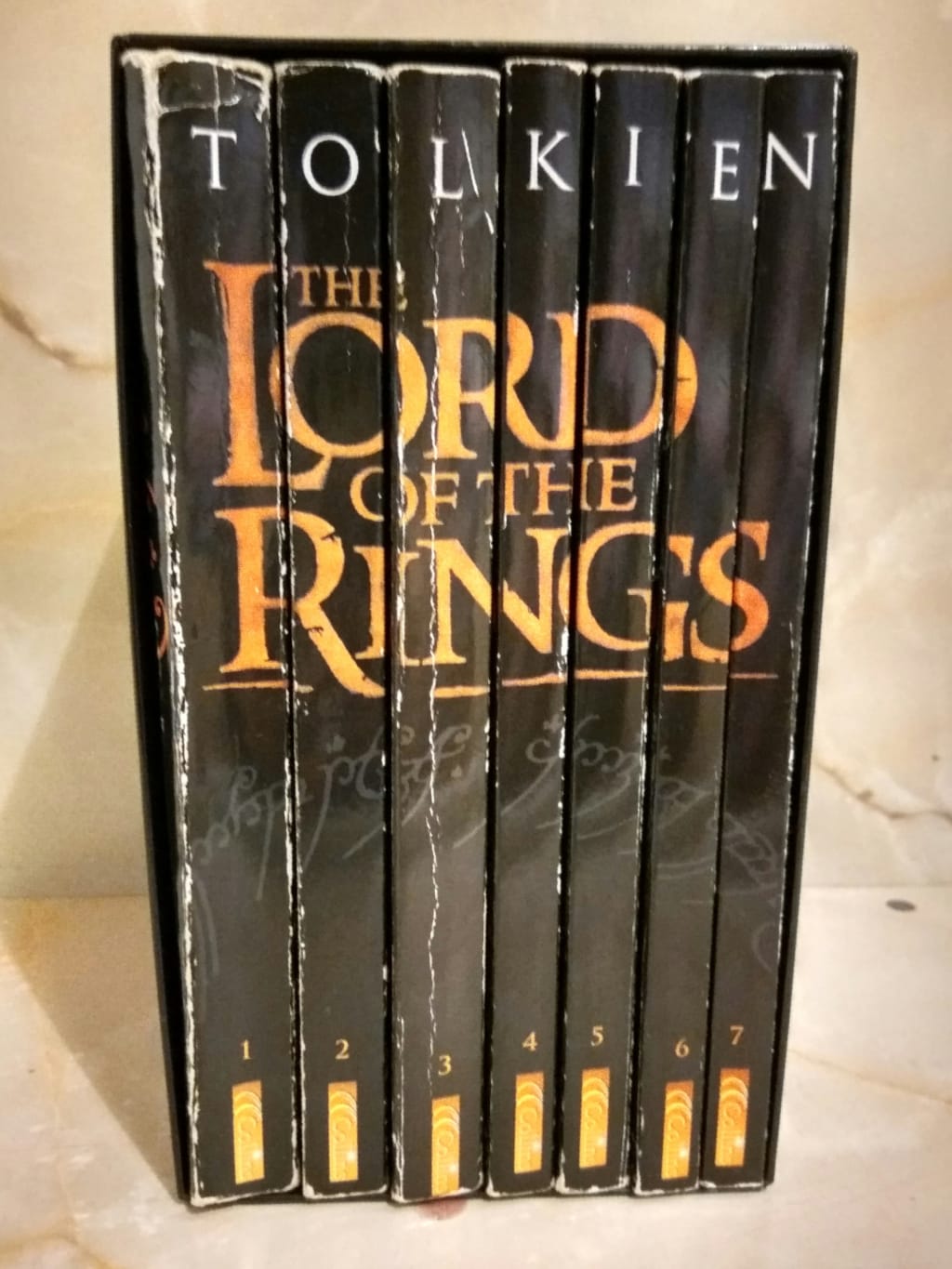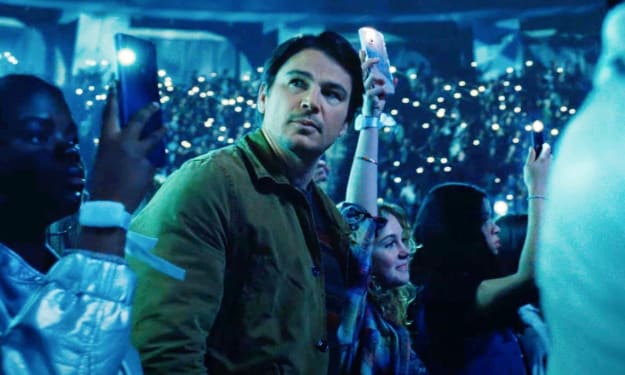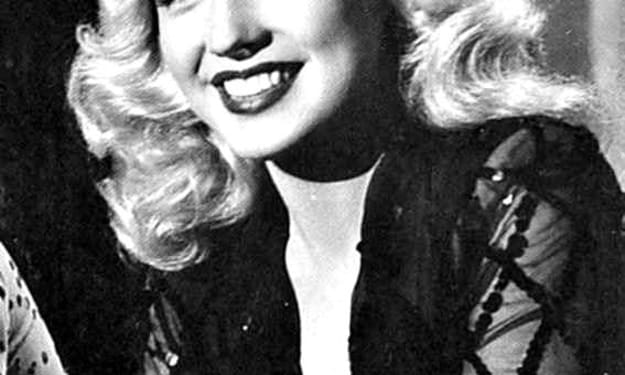'The Great Schism' and 'The Lord of the Rings'
A Critical Commentary by Aarushi Shetty

Summary of 'The Great Schism'
Fredric Jameson, in The Great Schism, deliberates the structural differences between science-fiction and fantasy and discusses the relevance of Utopianism in fantasy fiction.
Jameson states that the genre of fantasy inclines towards the medieval components rather than that of renaissance. Fantasy holds a strong kinship with the ethical binary of good and evil. He argues that the ethical binary reinforces certain ideologies and institutionalises them as norms, thus, making anything with an exception to those norms an evil form. Science-fiction varies in the sense that it’s historicism framework is achieved through industrialised concepts rather than that of religion.
According to Jameson, modern fantasy romanticises the Middle Ages. It has an anti-enlightenment attribute, pastoral reminiscence, it glorifies the feudal system, lacks historical perspective and has dissatisfaction towards modernity in general. Science-fiction on the contrary looks at history and questions it, creates alternative history, looks at potential futures and compares it to the contemporary times, attempts to create social and political equality, accepts ideologies from the enlightenment period and embraces modernity.
Apart from the above-mentioned features of fantasy, a significant aspect of the genre is the practice of magic. Jameson states that whilst fantasy regressively showcases a ‘pre-technological era’ it uses magic to solve its conflicts through teleportation, time travel, superhuman/ supernatural talents and so on. Citing Darko Suvin, Jameson states unlike fantasy, science-fiction uses “cognitive estrangement,” to demonstrate similar fantastic elements however, it is achieved through technology.
Jameson further suggests that science-fiction explores the constraints of history. It attempts to rethink and recreate the Marxist ideologies using a separate context and a different medium of agency. However, it is unsure about the finality of the situation. Fantasy on the other hand celebrates human freedom and achievements – given that it ignores the Marxist point of view. As fantasy omits the historical constraints and glorifies the human creativity, the element of magic within this genre then becomes an aspect of augmentation of human power.
After looking at the traditional structures of fantasy and science-fiction, Jameson states that recent works of writers are difficult to classify into a specific genre. However, he persists to follow the classifications strictly due to his personal preference of genre assignment. Furthermore, he states that due to the quality of science-fiction works, it is easier to classify them compared to fantasy. This is because of fantasy’s vagueness towards world building. However, he states that contemporary fantasy contains similar elements to science-fiction and yet seems different due to it’s base from traditional fantasy.
In the end Jameson states that magic moves away from mere nostalgia. It moves closer to Utopia when it looks at the historical fall of magic and brings forth the vulnerability of the prose form. When the fragmented history of fantasy relates to a Novum and magical powers cannot be represented, a new form is created where Utopia itself can be fantasised.
Evaluating 'The Great Schism' in 'The Lord of the Rings'
The Lord of The Rings has all elements of a high-fantasy fiction. It has a secondary world, magic, elves, dwarves, hobbits, men and wizards and other creatures. It consists of quests, conflicts and epic wars. This world created by Tolkien also attracts a lot of literary criticism.
The ethical binary of good and evil is a key aspect which is critically analysed whilst reading a high-fantasy text. Like Jameson, other literary critics such as Neil Mcgarry and Daniel Ravipinto (Fantasy Literature Challenging Genres) look at the ‘enemy of the hero’ as the evil.
Karin Kokorski in her work “I want more!” The Insatiable Villain in Children’s Literature and Young Adults’ Fiction describes the characteristics of a villain. According to Kokorski, villains are plainly black and white who possess evil in the purest form. Villains are bullies, an epitome of destruction, cruelty, and so on. These characters lack empathy and moral values. Hence, they create anti-social elements in the story. Villains play an example of what is not expected from an individual in the society. This notion has been challenged in the recent Radio 4 broadcast (2016), which claims that not every villain is evil just for the sake of it. These characters have more depth than they are given credit for.
In The Fellowship of the Ring Saruman, the leader of wizards, is introduced with ample respect due to his knowledge and wisdom. However, it is quickly revealed that his personality is corrupted due to his cowardice against Sauron and his greediness to rule the world alongside his master. Blinded by his selfishness and pride for knowledge and wisdom, he is doomed to die in the second instalment of the film.
In Jackson’s adaptation of The Two Towers and The Return of the King Gollum, a creature, who has transformed from a Hobbit, due to the corruption of the ring, is shown; his alternative personality is Sméagol. He is a peculiar character due to the blurred nature of his identity. Whilst Sméagol acts as the conscience of the character, there is Gollum who ultimately takes control of him through his greedy, anti-empathic nature.
On the other hand, in the final instalment of the films, The Return of the King, Frodo, the hero of this epic, is lured into the dark magic of the ring and he gives in to his temptations. It is only when Gollum bites his finger and takes the ring along with him into Mount Doom that Frodo snaps back to reality. However, just by demonstrating the conscience of the character and the temptations, Jackson moves away from the traditional black and white ethical binary.
High-fantasy is also subjected to the argument that it romanticises Middle Ages and promotes feudal systems, peasantry, anti-enlightenment and is claimed to be ahistorical. Mcgarry and Ravipinto agree to this notion as well. However, Tolkien in his essay On Fairy Stories states that Myths are history itself. He believes that the history is written or orally transmitted from generations in a fancy poetic or prose format. When it is stripped from all the fanciness, the remainder is the greatness of mankind and the things it has achieved.
Furthermore, he states that although in the past there have been grim times with depression, wars and inequality, antiquity has its own appeal. He acknowledges the negative aspects of the Middle Ages, but he reminisces the good within it too. He believes in preservation and not in promotion of the historical times through a literary form. In the films, whilst the greatness of men is put in forefront, the plot does not shy away from showing the mistakes and grim truths of their past. Aragon in The Fellowship of the Ring refuses to embrace the thrown as an heir due to his ‘fear of the past,’ the fear of being as weak as his ancestor towards The Ring.
Patchen Mortimer in Tolkien Studies: An Annual Scholarly Review, states that Tolkien was a part of the society that was affected by industrialisation, imperialism and The Great War. Whilst many authors and poets chose to demonstrate their thoughts on these incidents through realism, Tolkien smartly transformed it into a fantastical world. Tolkien analyses the valorised mass weapons and means of production and realises it’s negative effects such as mass death and pollutions. In fact, just as science-fiction, he reflects this contemporary aspect within his story through Saruman’s army. It is also demonstrated in Jackson’s film adaptations The Fellowship of the Ring and The Two Towers. The first instalment of the film demonstrates the mass production of Uruk-hai’s, who are biological mutations of orcs and goblin-men without their weaknesses, in Isengard. It is done through a factory-like setup, where orcs and goblins laboriously mutate these new beings, which also leads to deforestation around Isengard. Mortimer further shows proof of Tolkien’s letters which demonstrate his attempt on self-reflection through the series. Tolkien has put some of his own experiences of The Great War within the epic wars of The Lord of the Rings.
Jameson addresses that magic is a problematic aspect of the fantasy genre as it solves conflicts with an ease and without any reasoning. Tolkien in On Fairy states that magic ostensibly creates a modification in the Primary World. He states that it is a technique, and not an art form, which can be carried out by absolutely anyone, who has desires to have power and domination. Furthermore, he suggests that fantasy is best created when the author has a clear mind and has a rational perspective. It does not destroy or ignore reasoning, but in fact, fantasy works because of reasoning since the reader can distinguish between fiction and reality.
In The Fellowship of the Ring although the conflict of avalanche on Caradhras pass is created using Saruman’s dark magic, which is unexplained, Gandalf fails with his defensive spell which leads the fellowship to go through the dwarven caves. This incident is followed by the password to enter the cave, which again cannot be magically resolved, but by solving the riddle on the gate. Gandalf’s absence leads to the disbanding of The Fellowship. However, Aragon, Gimli and Legolas carry on with their new mission to find Merry and Pippin, to save them. They carry out this mission through physical strength and wit. On the other hand, Frodo and Sam carry out the journey to Mordor by themselves. Thus, not every conflict within the plot is resolved using magic.
Although The Lord of the Rings is a high-fantasy series, it does not merely fit in the generic structure of this genre as discussed by Jameson. Whilst it’s base might look at the ethical binary, it explores the good and evil through a post-structuralist lens by blurring the lines between the two. Tolkien has used contemporary times in his fantastical story and reflected upon it within the plot. He has also argued against being anti-enlightenment by suggesting that fantasy would not exist without reasoning.
About the Creator
Aarushi Shetty
MA Creative Writing/ BA (Hons) English and Creative Writing
Published in Popshot Magazine, The Quiet Reader and CovWords Magazine
Enjoyed the story? Support the Creator.
Subscribe for free to receive all their stories in your feed. You could also pledge your support or give them a one-off tip, letting them know you appreciate their work.






Comments
There are no comments for this story
Be the first to respond and start the conversation.